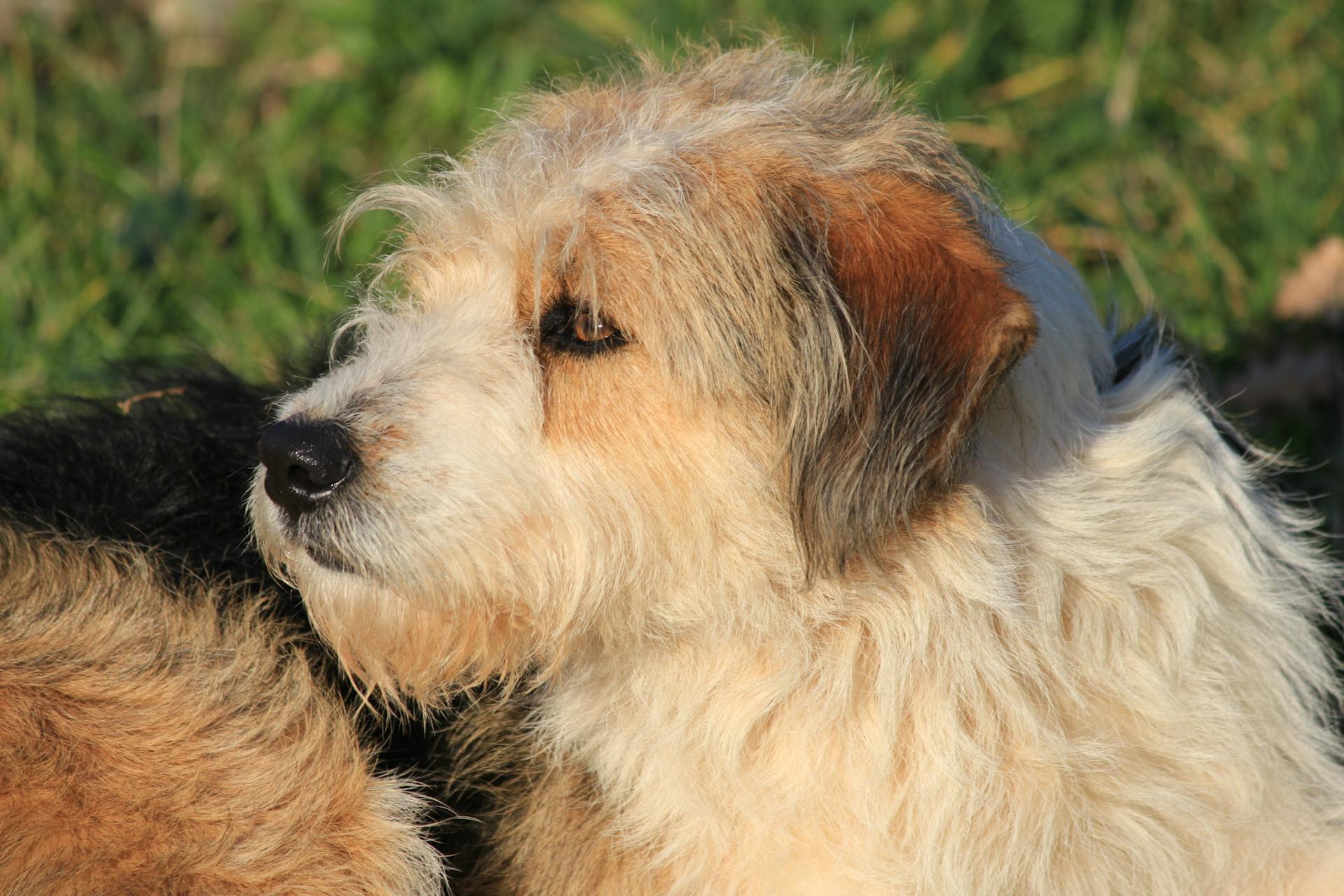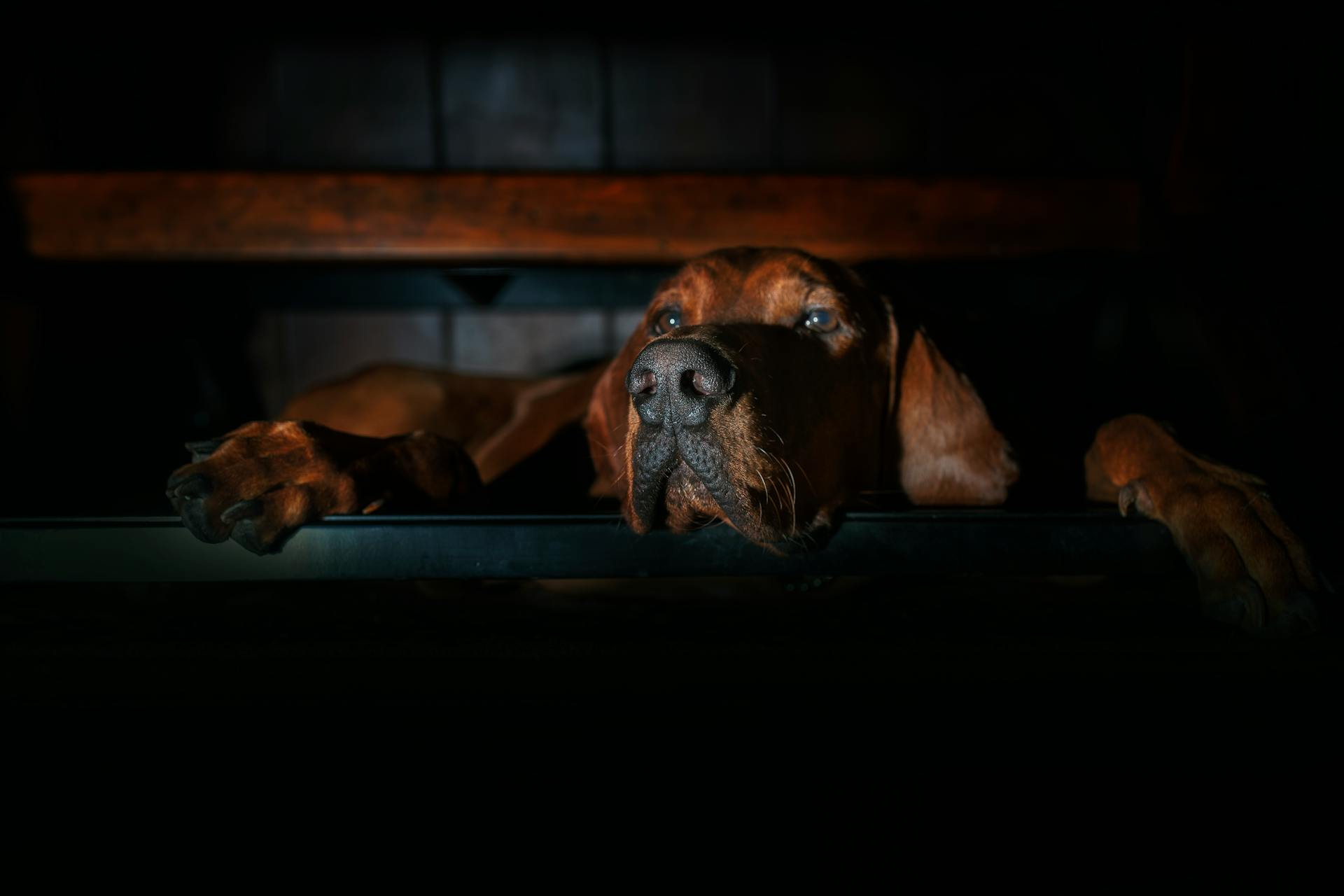
The Redbone Coonhound Association is a great resource for anyone considering bringing a Redbone Coonhound into their family. They offer a wealth of information on the breed.
Redbone Coonhounds are known for their exceptional hunting ability, which requires regular exercise and mental stimulation. A good owner should plan to spend at least an hour a day engaging their dog in physical and mental activities.
Redbone Coonhounds are generally a healthy breed with an average lifespan of 12-14 years. However, they do require regular veterinary check-ups to ensure they stay healthy.
Upkeep
Redbone Coonhounds are a relatively low-maintenance breed when it comes to grooming. They have a short, smooth coat that requires only weekly brushing.
Their high energy levels mean they need regular exercise to stay physically and mentally stimulated. A daily walk or jog is a great way to keep them happy and healthy.
Redbone Coonhounds are not well-suited for apartment living due to their high energy levels and tendency to bark. They need lots of space to run and sniff.
To keep your Redbone Coonhound safe and happy, exercise them in a fenced area. They also enjoy swimming, which is a great way to provide them with physical and mental stimulation.
Here are some key things to remember when it comes to exercising your Redbone Coonhound:
- Daily walks or jogs are a must
- Swimming is a great way to provide physical and mental stimulation
- Exercise them in a fenced area to keep them safe
Their friendly nature makes them excellent family dogs that get along with children and other pets. However, they can be challenging to train for long periods due to their high energy levels.
Health and Nutrition
Redbone Coonhounds have a lifespan of 12 to 15 years and are prone to fewer health conditions than other dog breeds. However, they can experience health problems like hip and elbow dysplasia, which is caused by a malformed joint that rubs and causes pain.
Symptoms of hip and elbow dysplasia include limping, reduced activity, and muscle loss. Treatments range from dietary and lifestyle changes to surgery, depending on the severity of the dysplasia.
Suggestion: Catahoula Leopard Dog Health Issues
To help prevent bone and joint problems like panosteitis, an inflammation of the bone causing pain and lameness, Redbone Coonhound puppies should be fed large-breed puppy food.
A well-balanced diet that includes ample protein, carbohydrates, and healthy fats is essential for Redbone Coonhounds. High-quality commercial dog food that meets the nutritional standards set by the Association of American Feed Control Officials (AAFCO) is a good choice.
Redbone Coonhounds typically do well on a high-quality commercial dog food, but it's best to discuss their diet with your veterinarian. A vet can make recommendations based on your pet's specific medical history.
Here are some general guidelines for feeding your Redbone Coonhound:
- Adult Redbone Coonhounds: 2-2.5 cups of high-quality dry dog food per day
- Redbone Coonhound puppies: 3-4 meals a day on a regular schedule, with large-breed puppy food
- Feed two meals a day for maintenance, with morning and evening feedings
Remember to give treats in moderation to avoid obesity, which can lead to health problems like diabetes and joint conditions.
Appearance
The Redbone Coonhound's appearance is a big part of its charm. Their solid red coat is a beautiful sight to behold.
Their ears are long and floppy, set fairly low on their head. This unique feature helps them hear even the faintest sounds while tracking.
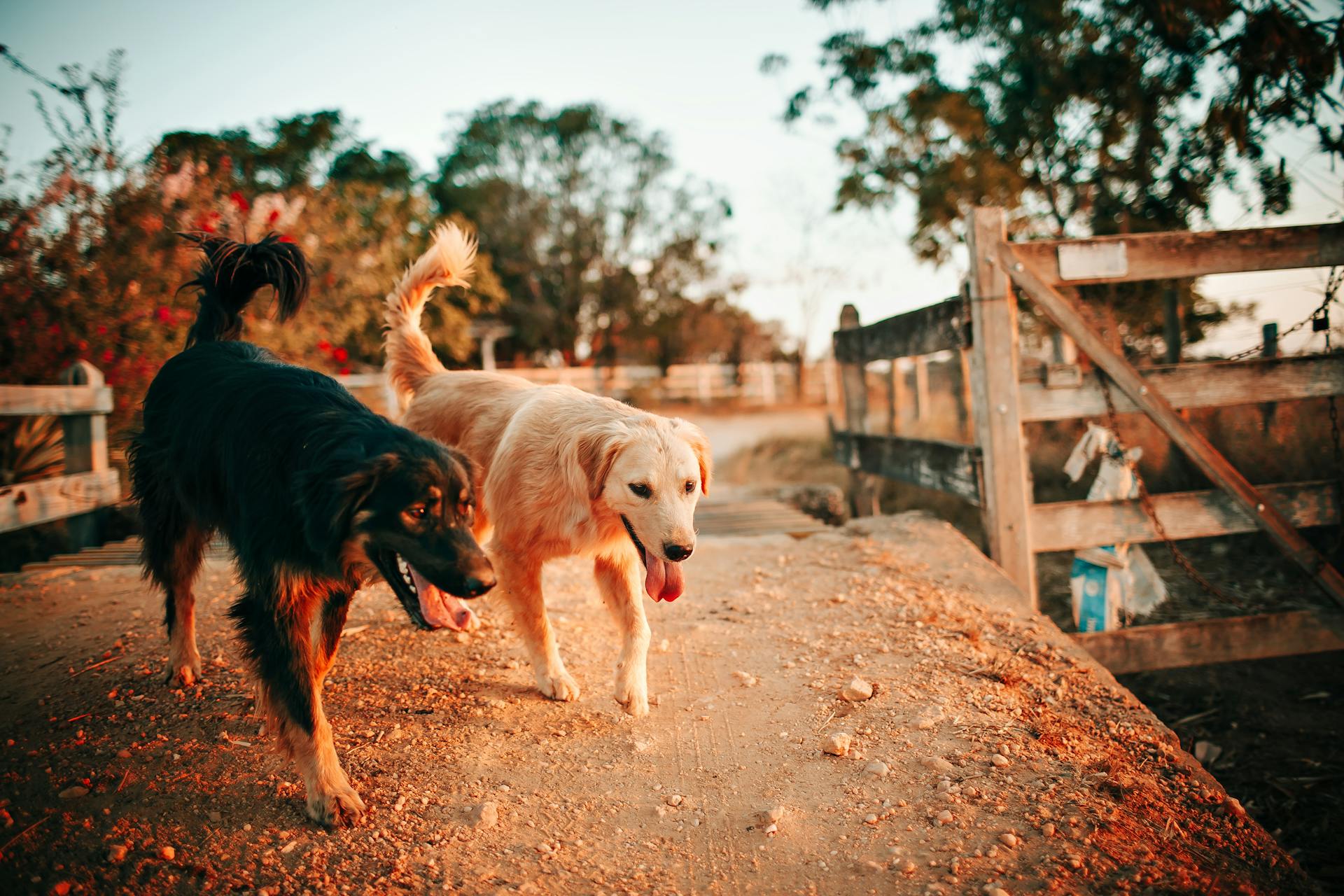
Their eyes are round and come in shades of brown, from hazel to dark brown. A darker color is actually preferred in the breed.
Their nose is black and prominent, with big and open nostrils that help them sniff out their quarry. The nose is often accompanied by "masking", which is black on the muzzle and around the eyes.
Their coats are short, smooth, and coarse, providing just the right amount of protection for their skin while they're out hunting. A small amount of white on the chest, between the legs, or on the feet is sometimes seen.
Here are the average heights and weights for Redbone Coonhounds:
Their tails are medium in length and shaped like a saber, always held high and proud when they're on the hunt.
Health Issues
Redbone Coonhounds are generally healthy dogs, but like all breeds, they can be prone to certain health issues. Their lifespan is typically 12 to 15 years.

Hip and elbow dysplasia are common health problems in Redbone Coonhounds. This condition occurs when the joint is malformed, causing pain and discomfort for the dog. Symptoms include limping, reduced activity, and muscle loss.
Dietary and lifestyle changes can help manage hip and elbow dysplasia, but in severe cases, surgery may be necessary. Responsible breeders work to prevent these conditions by testing their breeding stock.
Redbone Coonhounds are also susceptible to panosteitis, an inflammation of the bone that causes pain and lameness. Feeding large-breed puppy food can help prevent this condition.
Coonhound paralysis is another potential health issue that can arise from exposure to raccoon bites or saliva. This immune reaction can cause inflammation of the dog's nerves, affecting their gait and breathing. If you suspect your dog has coonhound paralysis, take them to the vet immediately.
Regular eye check-ups are crucial for Redbone Coonhounds due to their predisposition to Progressive Retinal Atrophy (PRA). This condition causes gradual vision loss, with night blindness often being an early symptom.
Here are some common health issues to watch out for in Redbone Coonhounds:
- Hip dysplasia
- Ear infections (otitis)
- Panosteitis
- Coonhound paralysis
- Progressive Retinal Atrophy (PRA)
Diet and Nutrition
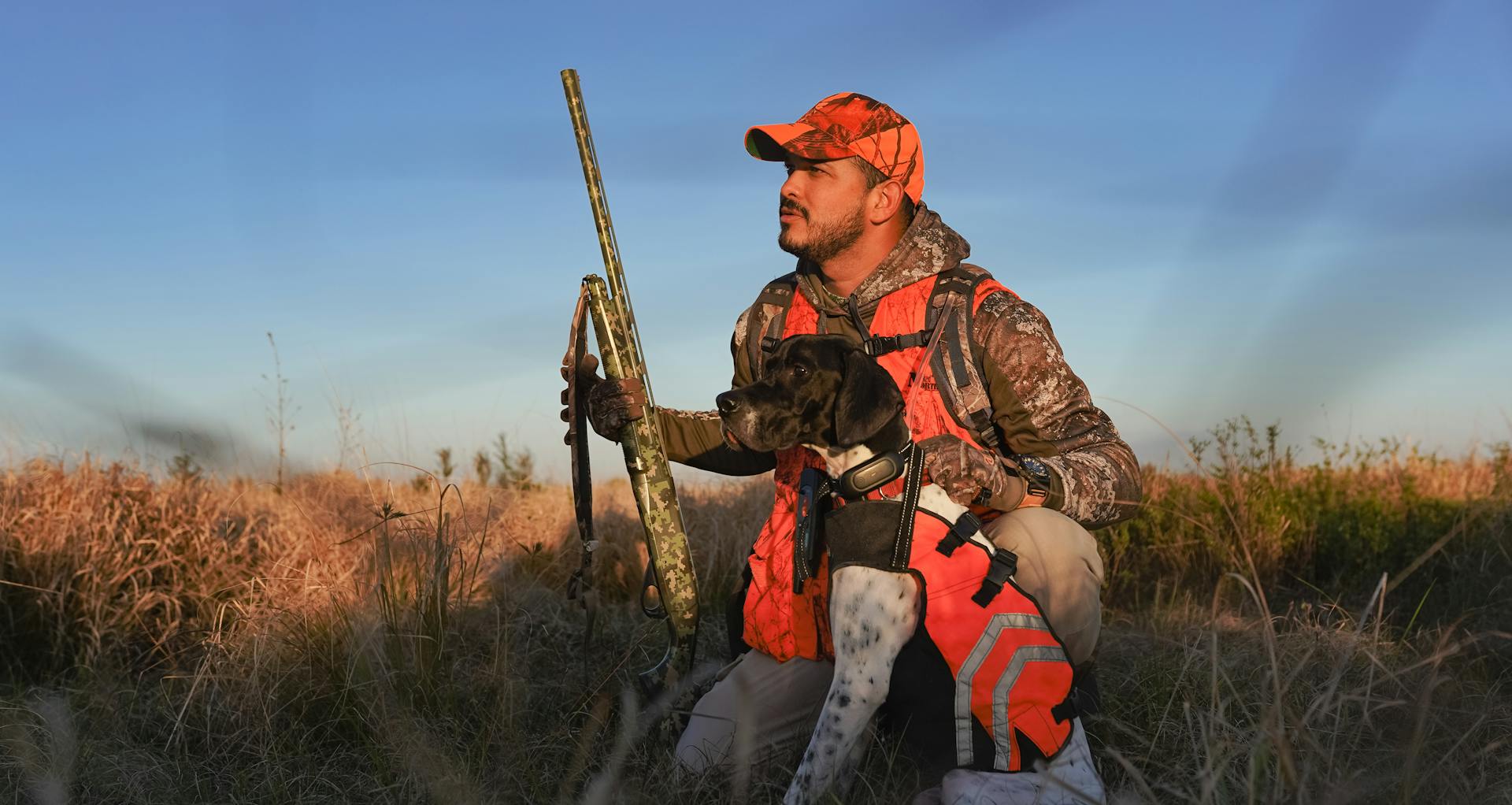
Redbone Coonhounds require a well-balanced diet that includes ample protein, carbohydrates, and healthy fats.
Choose a high-quality commercial dog food that meets the nutritional standards set by the Association of American Feed Control Officials (AAFCO).
Redbone Coonhounds are enthusiastic eaters and prone to overeating, so it's essential to monitor their weight to avoid obesity.
Obesity can shorten a dog's lifespan and put them at risk for other conditions, so discuss weight concerns with your veterinarian.
Your veterinarian can help you nail down a feeding chart to guide you on how much and how often to feed your dog based on their specific diet.
Redbone Coonhounds typically do well on two meals a day, with a morning and evening feeding schedule.
Redbone Coonhound puppies need to eat more frequently, about three or four meals a day on a regular schedule.
An adult Redbone Coonhound should consume about 2–2.5 cups of high-quality dry dog food per day, but this can vary depending on their age, size, health, and activity level.
Your AAFCO-approved dog food will provide portion guidance on the packaging, but for the most accurate information, talk to your vet about how much you should be feeding your Coonhound.
Here's an interesting read: American Bully Size and Weight
Behavior and Training
Redbone Coonhounds are intelligent dogs who are eager to please, but they can be easily distracted by interesting scents.
To train a Redbone Coonhound, it's essential to start early and keep training sessions short, ideally 10 minutes at a time, to keep them engaged and prevent frustration. Rewarding them with treats, praise, and playtime with special toys can help reinforce good behavior.
Redbone Coonhounds are strong dogs and need regular exercise to stay happy and healthy. Leashed walks and a fenced yard can help prevent wandering and keep them safe.
These dogs can be prone to barking and digging if they're not sufficiently exercised, so it's crucial to provide them with plenty of physical and mental stimulation. Microchipping and keeping their ID tags up to date can also help prevent wandering.
Redbone Coonhounds are known for their friendly and loyal nature, making them suitable for homes with children and other pets. However, they can be strong-willed and require patient and persistent training.
Positive reinforcement training methods work well with Redbone Coonhounds, especially when combined with early socialization and obedience training. This approach can help strengthen the bond between you and your dog.
Redbone Coonhounds are generally easygoing and gentle, but they can become bored with formal training if it's not engaging and fun. They're active dogs who thrive on exercise and mental stimulation, so be prepared to keep them busy.
Exercise and Environment
Redbone Coonhounds need at least an hour or two of exercise every day to stay happy and healthy. They'll create their own activities if they don't get enough physical activity, so be prepared for some creative destruction.
These dogs are built for speed and love to run, so if you enjoy running, take your Redbone with you. They're also great at dog sports like agility and tracking. In fact, they're so focused on their nose that they'll catch a scent and take off without looking both ways, so always keep them on a leash outside of a fenced area.
A spacious, fenced-in yard is a must for Redbone Coonhounds, as they need room to run and release their energy. They love being with their people and don't like being left alone for long, so ideally, someone should be with them for most of the day.
Readers also liked: Boston Terrier Day
Exercise
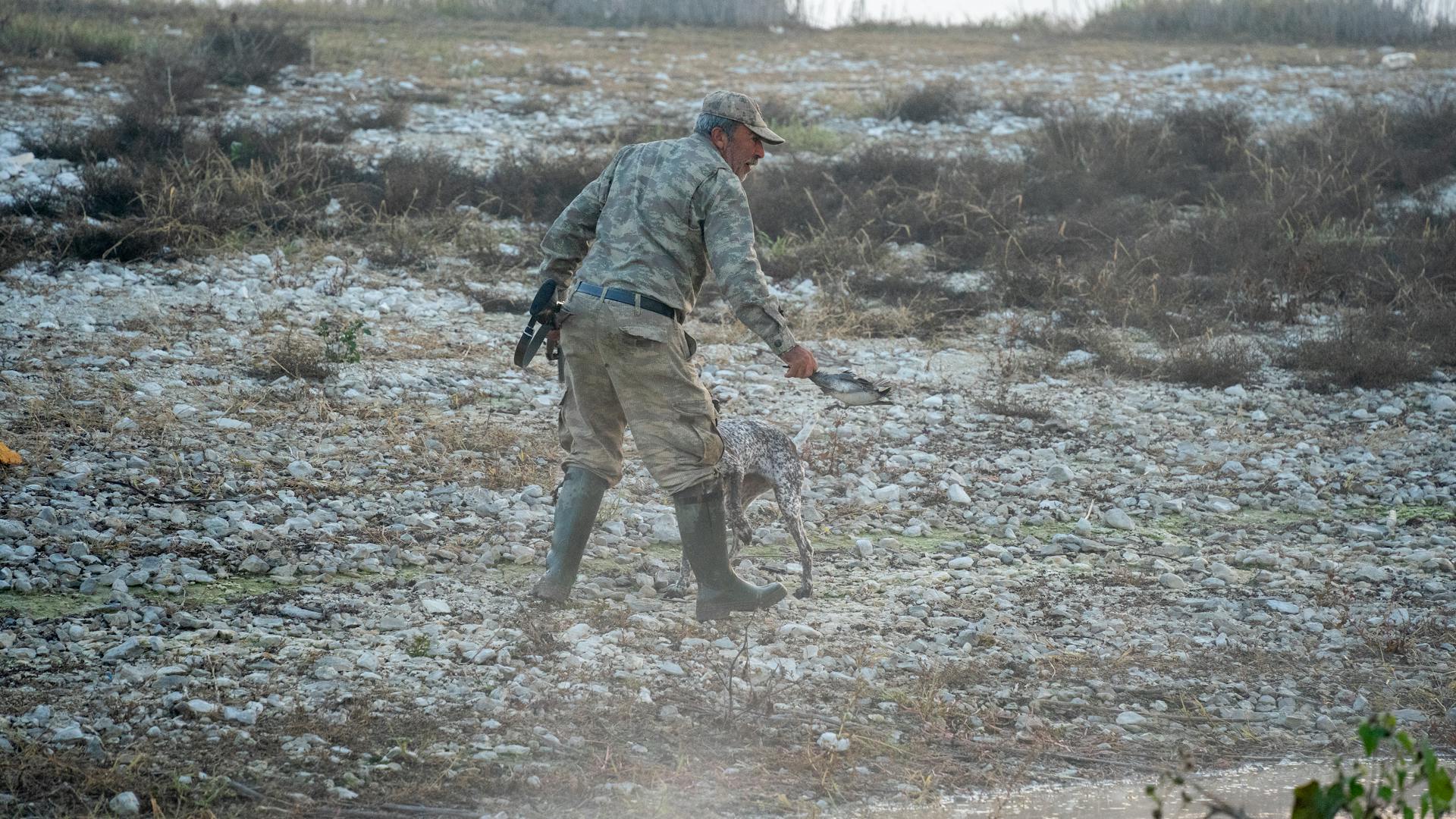
Redbone Coonhounds are built for speed and need plenty of exercise to stay happy and healthy. They require at least an hour or two of exercise every day.
These dogs are born to run, not walk, so it's essential to provide them with opportunities to sprint around and expend their energy. They can get very frustrated and destructive if they don't have a way to release their pent-up energy.
In fact, some experts recommend as much as 90 minutes of exercise per day for this breed. Taking your Redbone on a couple of long walks every day and hitting the nature trails on the weekends is a great way to keep them active.
Redbone Coonhounds are also excellent swimmers, so this is another option to fulfill their movement needs. They love to run and play, and it's not uncommon to see them zooming around the yard with their tails wagging wildly.
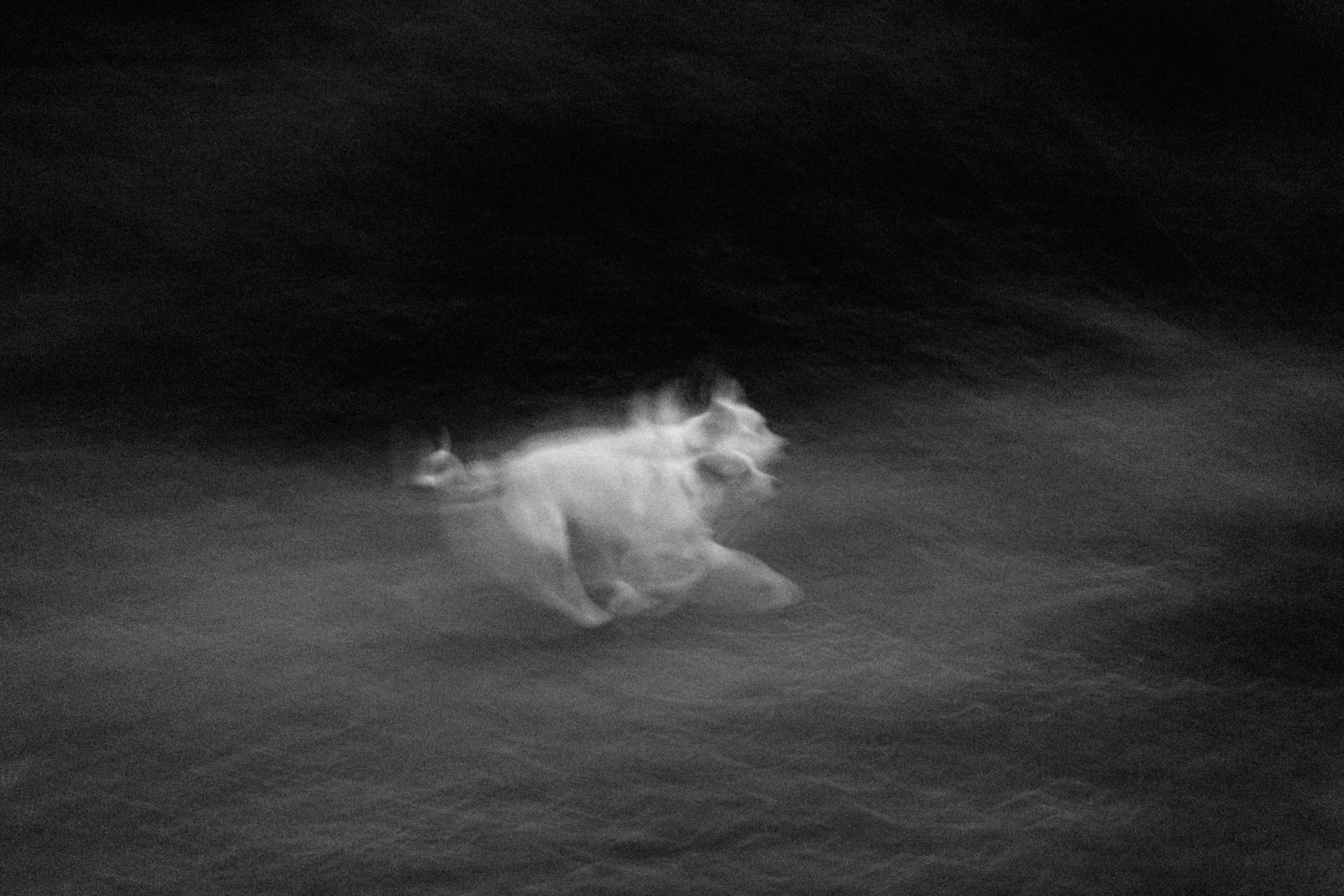
However, it's crucial to keep them on a leash or in a fenced-in area, as they can catch a scent and take off running quickly. They won't look both ways before crossing a street, so it's essential to keep them safe.
A spacious, fenced-in yard is a must-have for Redbone Coonhounds, as they need to be able to run freely and release their energy. A physical fence is better than an underground electronic one, as it provides a clear boundary for them to stay within.
Environment
Living in a small space like an apartment or condo can be a challenge for Redbones due to their large size and need for space.
They love being with their people and don't like being left alone for long, so ideally someone should be with them for most of the day.
Redbones are very vocal, which can be a consideration for neighbors in close living quarters.
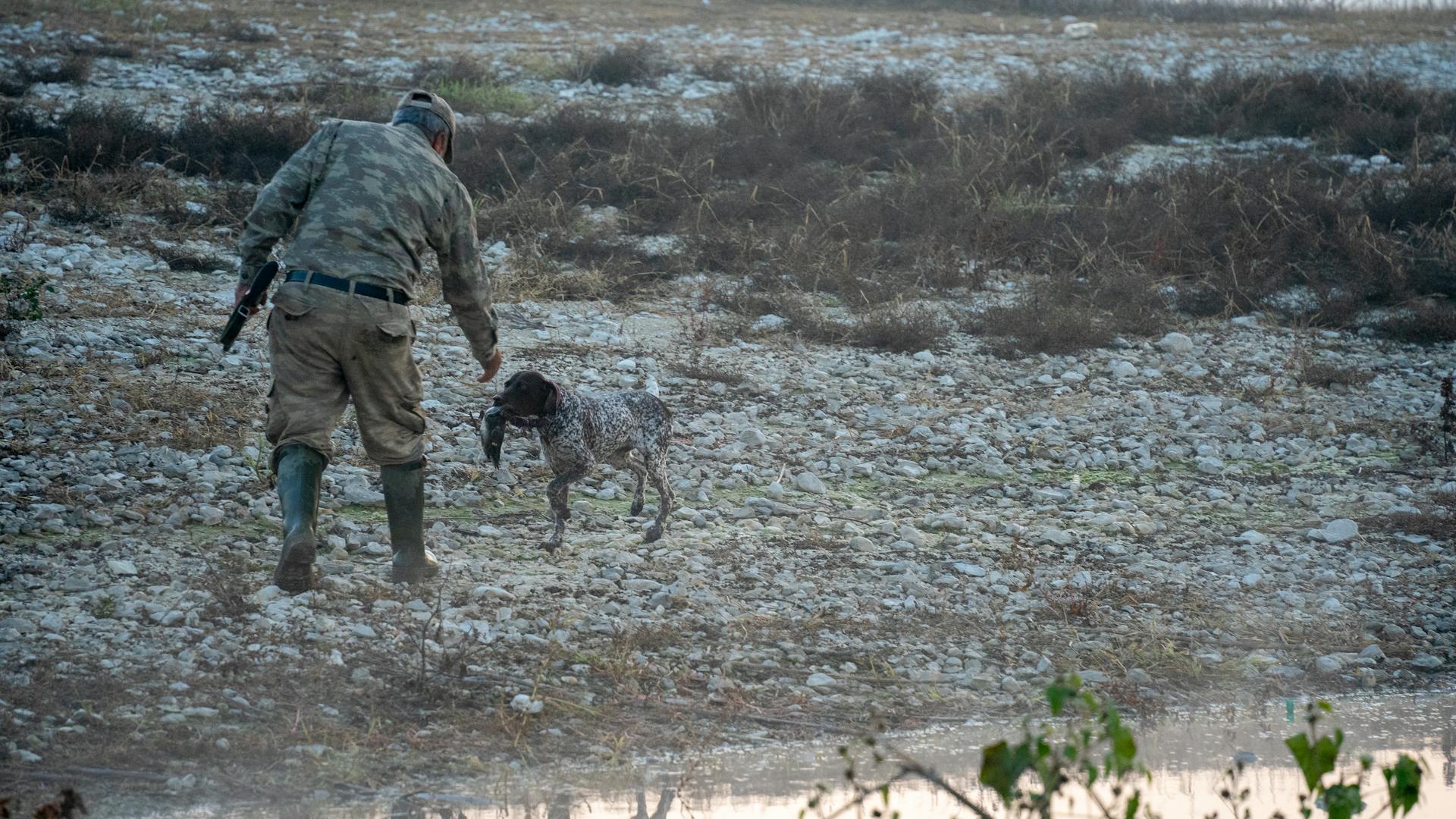
They can be a bit clumsy, especially with small children, so it's essential to supervise playtime together to avoid any accidents.
With proper socialization, they can get along with other pets, but it's crucial to introduce them to other animals from a young age.
Their loud, baying bark will make them effective watchdogs, but they're not the best guard dogs due to their friendly nature.
Frequently Asked Questions
What are the drawbacks of having a Redbone Coonhound?
Redbone Coonhounds may be prone to health issues like hip dysplasia and ear infections, and are at risk of injuries while hunting due to their active nature
What is the lifespan of a Redbone Coonhound?
A Redbone Coonhound's average lifespan is 10-15 years, with 12 years being typical for large hounds. Proper care, including high-quality food and regular exercise, can help maximize their health and lifespan.
Featured Images: pexels.com
